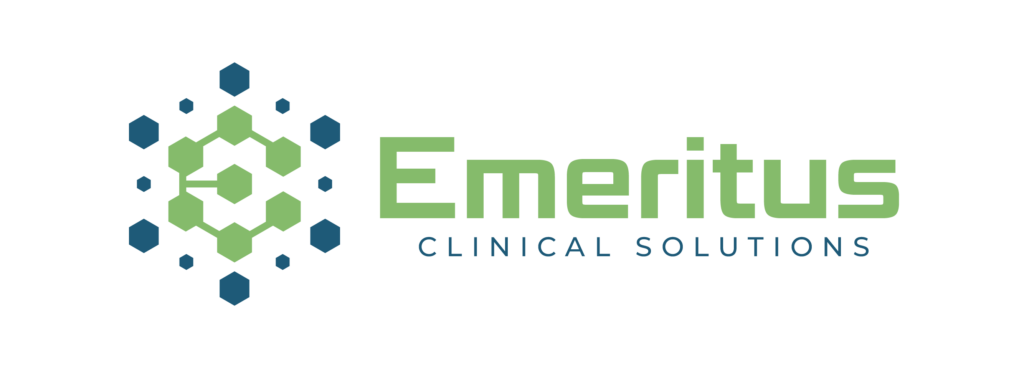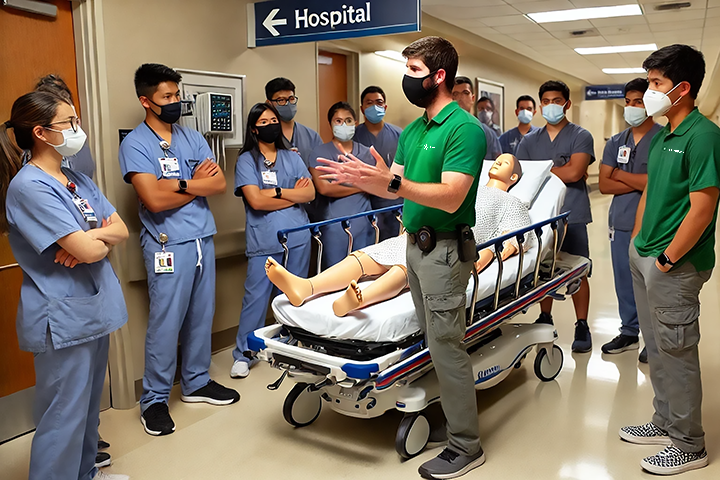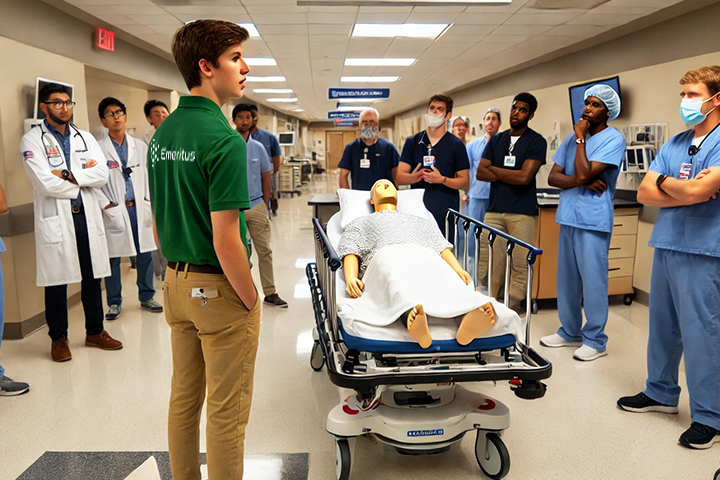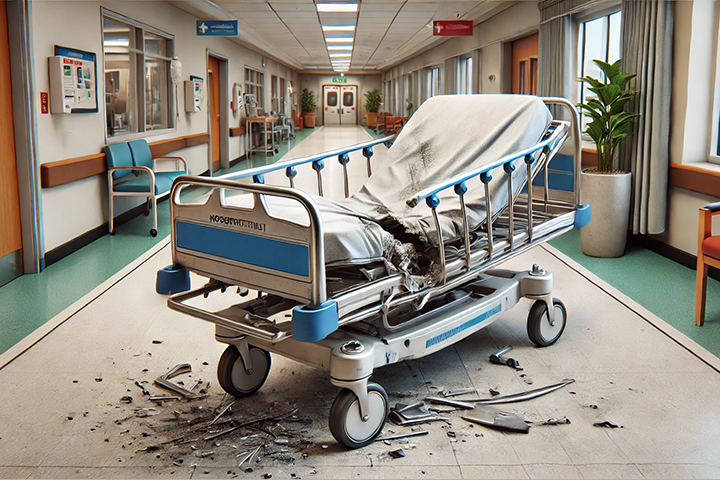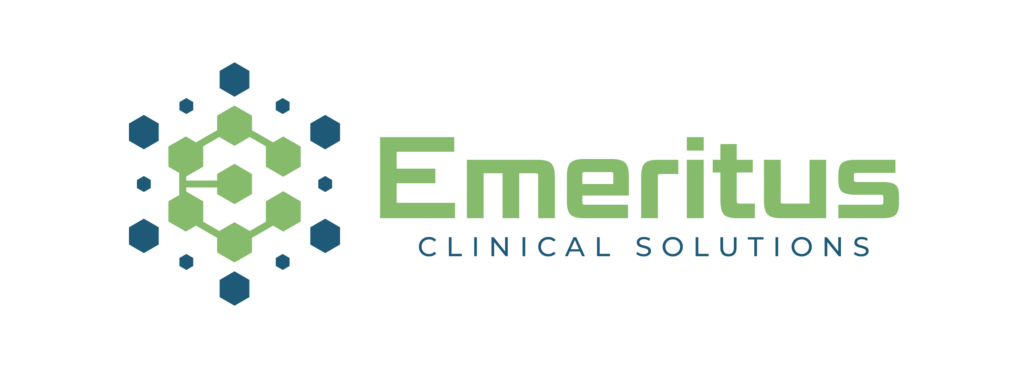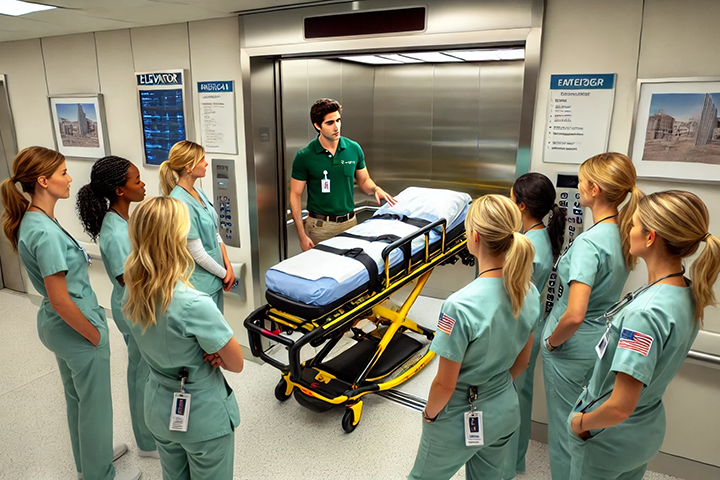
In modern healthcare environments, the proper management of hospital beds and stretchers is not only crucial for patient care but also for maintaining the safety and integrity of hospital infrastructure. Mismanagement can lead to significant damage to the hospital environment, impacting both operational efficiency and safety standards. This blog explores the common risks associated with bed and stretcher mismanagement and the strategies Emeritus employs to mitigate these issues.
The Risks to Hospital Infrastructure
Improper handling and transportation of hospital beds and stretchers can cause extensive damage to hospital infrastructure, including walls, doors, and medical equipment. Common incidents involve collisions with walls or door frames, leading to costly repairs and maintenance. Additionally, inappropriate storage or maneuvering of beds can damage electrical outlets, nurse call systems, and even elevator doors, compounding safety risks and repair costs.
Operational Disruptions and Safety Hazards
The physical damage from improperly managed beds and stretchers extends beyond mere aesthetics or structural integrity; it directly impacts hospital operations. Damaged infrastructure can disrupt the smooth flow of medical services, leading to delays in patient care and increased operational costs. Furthermore, the safety hazards posed by such damage can lead to accidents, affecting both patients and staff.
Training as a Preventative Measure
At the core of Emeritus’s approach to preventing infrastructure damage is comprehensive training tailored to the needs of hospital staff. Our programs focus on proper bed and stretcher handling techniques to avoid common mistakes that lead to infrastructure damage. This training covers:
- Correct Use of Equipment Features: Educating staff on how to effectively use brakes, steering mechanisms, and other bed features to prevent collisions and ensure safe navigation through hospital corridors.
- Awareness and Prevention: Training sessions emphasize the importance of spatial awareness, teaching staff to navigate tight spaces without causing damage to the surroundings or the equipment itself.
Proactive Monitoring
Emeritus’s strategy includes not just training but also monitoring to ensure that damage trends are addressed, reducing the likelihood of mishandling that could lead to infrastructure damage. Regular inspections and maintenance checks help identify potential issues before they lead to larger problems, ensuring equipment reliability and safety.
Collaboration and Continuous Improvement
Emeritus believes in a collaborative approach to managing hospital equipment, working closely with various hospital departments to tailor training and maintenance programs to specific needs. Regular feedback loops and adjustments ensure that our programs remain effective and responsive to the dynamic nature of hospital operations.
Conclusion: A Commitment to Safety and Efficiency
By addressing the challenges of bed and stretcher mismanagement, Emeritus not only protects hospital infrastructure but also enhances overall operational efficiency and safety. Our comprehensive approach ensures that hospital beds and stretchers are managed effectively, reducing unnecessary costs and fostering a safer environment for both patients and healthcare professionals. Through strategic training, proactive maintenance, and the use of advanced technologies, Emeritus is dedicated to improving the quality of healthcare operations and outcomes.
